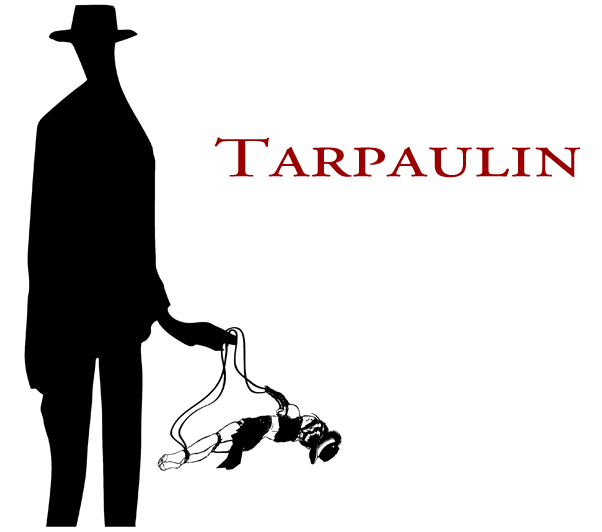Edited by Christine Wertheim
Poetry | Prose | Essays | $20
ISBN 13: 978-1-934254-17-2
Size: 6“x9”, 132 pages, pbk.
Les Figues Press
Contributors: Dodie Bellamy, Caroline Bergvall, Meiling Cheng, Wanda Coleman, Bhanu Kapil, Chris Kraus, Susan McCabe, Tracie Morris, Eileen Myles, Maggie Nelson, Juliana Spahr, Vanessa Place Christine Wertheim, Stephanie Young, and Lidia Yuknavitch.
Reviewed by Megan Milks
“Another anthology of experimental women’s writing!” Feminaissance opens with both jubilant announcement and weary defense. While editor Christine Wertheim’s choice of exclamation point over question mark or interrobang might slightly privilege the jubilance over the fatigue, her dedication is equal parts celebration and justification of the collection of texts it precedes. Wertheim insists, in dedicating the anthology to “all of the-M-others everywhere,” that despite historical strides in our understanding of gender (and other identity categories) and power, the Others “still don’t have their share of discursive space” (vii). It is on these grounds, Wertheim suggests, that an all-women’s anthology, a collection of what Dodie Bellamy calls “tiny revolts,” is justified.
As Wertheim and publishers Teresa Carmody and Vanesa Place explain further in their foreword, this justification requires enunciation in the context of recent conversations in the literary press purporting the obviation of women’s poetry anthologies. Feminaissance necessarily begins on the defensive, countering those who would spurn such a project and the (always already bad bad) essentialism it presumably relies upon. Wertheim addresses and opposes the malignancies attached to essentialism in her eloquent introductory essay, which makes a case for socio-historical essentialism while placing the anthology in the context of a “more ambiguous, more refined notion of gender” and a dynamic and unstable feminist politics.
From here, the book’s pages are divided into three parallel sections that represent visually the complexity of the anthology’s discussion of gender and writing. A thin banner, two lines deep, runs across the top of the book, reproducing Juliana Spahr’s and Stephanie Young’s essay “Numbers Trouble,” which interrogates claims that representative equality has been reached in contemporary anthologies. The second and third strands of the book present, as the editor and publishers put it, a “plurality of voices” that demonstrate the diversity of approach and content of women’s experimental writing. With Spahr’s and Young’s paper providing a kind of inverse anchor to the other texts, the anthology simultaneously recognizes the importance of the numbers game while departing from it to attend to other issues pertaining to gender, writing, and feminism.
These texts, which originated in papers and readings given at the Feminaissance conference held by Cal Arts in 2007, are occasionally academic, occasionally theoretical, often personal, often performative, often out of or between and across genres, often addressing féminine écriture with or without Hélène Cixous, frequently concerned with sex, sexuality, and the body, sometimes approaching space and time, transposition, utopia, a/the social imaginary, always exciting, often surprising, occasionally familiar but more often strange, wonderfully.
A sampling: Maggie Nelson reads Sylvia Plath and Alice Notley as poets who in their embrace of the antisocial bring out transformative psychological change. Bhanu Kapil addresses monstrosity, mobility, transposition, continuity, hybridity, and the quest to get to an experience of desire: “an ‘unseen but recorded’ experience of desire…desire in its vestigial state” (84). Eileen Myles theorizes gender in language as productive of gender in the world, calling her writing a “utopian gendered imaginary” that anticipates a coming actuality (105). Meiling Cheng returns to Cixous, putting her notions of writing the body into a framework of change and transformation, of beginning and beginning again. Vanessa Place & Carolyn K. Place’s “The First Gurgitation is a Sentence” performs with intratextual enjambment a mad linguistic body lurching to contrasting rhythms. Lidia Yuknavitch’s “psalm,” divided into fragments, punctuates the texts it separates to provide a kind of meditative space.
Interested more in curation than in representation but necessarily engaging with both, Feminaissance is, as Wertheim writes, “less a demonstration that women can do the same avant-garde, experimental, innovative and conceptual works as men….[as] it is a display of the many different avant-garde, experimental, innovative and conceptual modes that women themselves conceive” (vii). If these texts are bodily, if they are ‘feminine,’ as a collection they both insist upon and radically complicate essentialism and gender as categories of analysis and literary production. Moreover, as a community of texts, Feminaissance claims a belonging to a genealogy of women’s experimental writing that it recognizes as being as necessary as it is polymorphous.
* * *
Megan Milks lives in Chicago. Her work has appeared in Western Humanities Review, Everyday Genius, and Pocket Myths, among other journals. She co-edits Mildred Pierce Magazine and co-hosts Uncalled-for Readings Chicago. She blogs at montevidayo.com.





